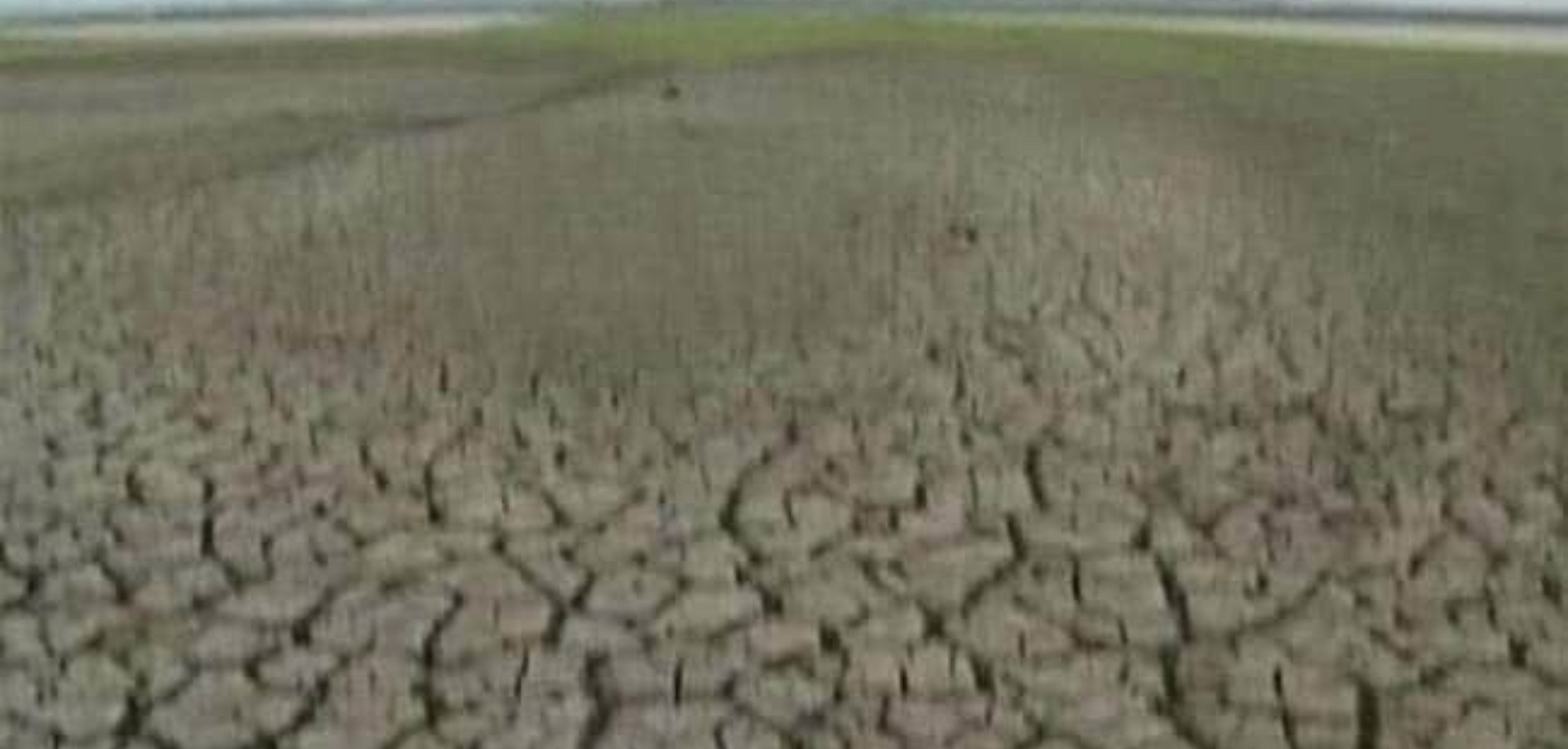


The Soil Organic Carbon (SOC) content in India has come down to 0.3 per cent from 1 per cent in the past 70 years which is a cause of concern for the agriculture sector, National Rainfed Area Authority (NRAA) CEO Ashok Dalwai has said. Soil Organic Carbon is the main component of the soil organic matter and gives soil its water-retention capacity, structure, and fertility, he told reporters in Nagpur, Maharashtra, on Friday evening. Mr Dalwai said that such a drastic fall in the OSC content affects the productivity of soil as micro-organisms do not survive, a key factor to provide nutrients for plants.
"Intensive cultivation of crops without providing proper compost to the soil is the reason
behind the fall in SOC content," he said, adding that farmers should reduce their overdependence
on pesticides and fertilisers.
"Biofertilizers and compost can increase the SOC level of the soil," he added.
He said around 51 per cent of the land was irrigated in the country through major, minor
and micro-irrigation projects in the past 70 years but 51 per cent of land under cultivation
is rainfed.
"The government is introducing technologically-advanced micro-irrigation projects in these
areas, which will save 30 to 40 per cent water," Mr Dalwai said.
He said that the average crop production in irrigated land is 3 tonne per acre while crop
production in the rainfed area stood at just 1.1 tonne per acre.
Speaking about the pulses mission launched by the Centre, Mr Dalwai said the production
of pulses was increased from 16.7 million tonne in 2016-17 to 25 million tonne in 2021-22.
Similarly, the production of oilseeds rose to 32 million tonne this year from 24 million tonne
in 2016-17.
He also said that the government was experimenting to introduce sugar beet as a substitute
for sugarcane for the production of sugar.
"Sugarcane is available for just six months for sugar factories. Introduction of sugar beet as
a substitute would reduce the dependency of factories on the sugar cane," he added.
BS Dwivedi, Director ICAR- NBSS&LUP, said that land resource inventory (LRI) and
alternate Land Use Plans (LUP) are being prepared for the Vidarbha region in the east
Maharashtra.
(Except for the headline, this story has not been edited by NDTV staff and is published from a
syndicated feed.)